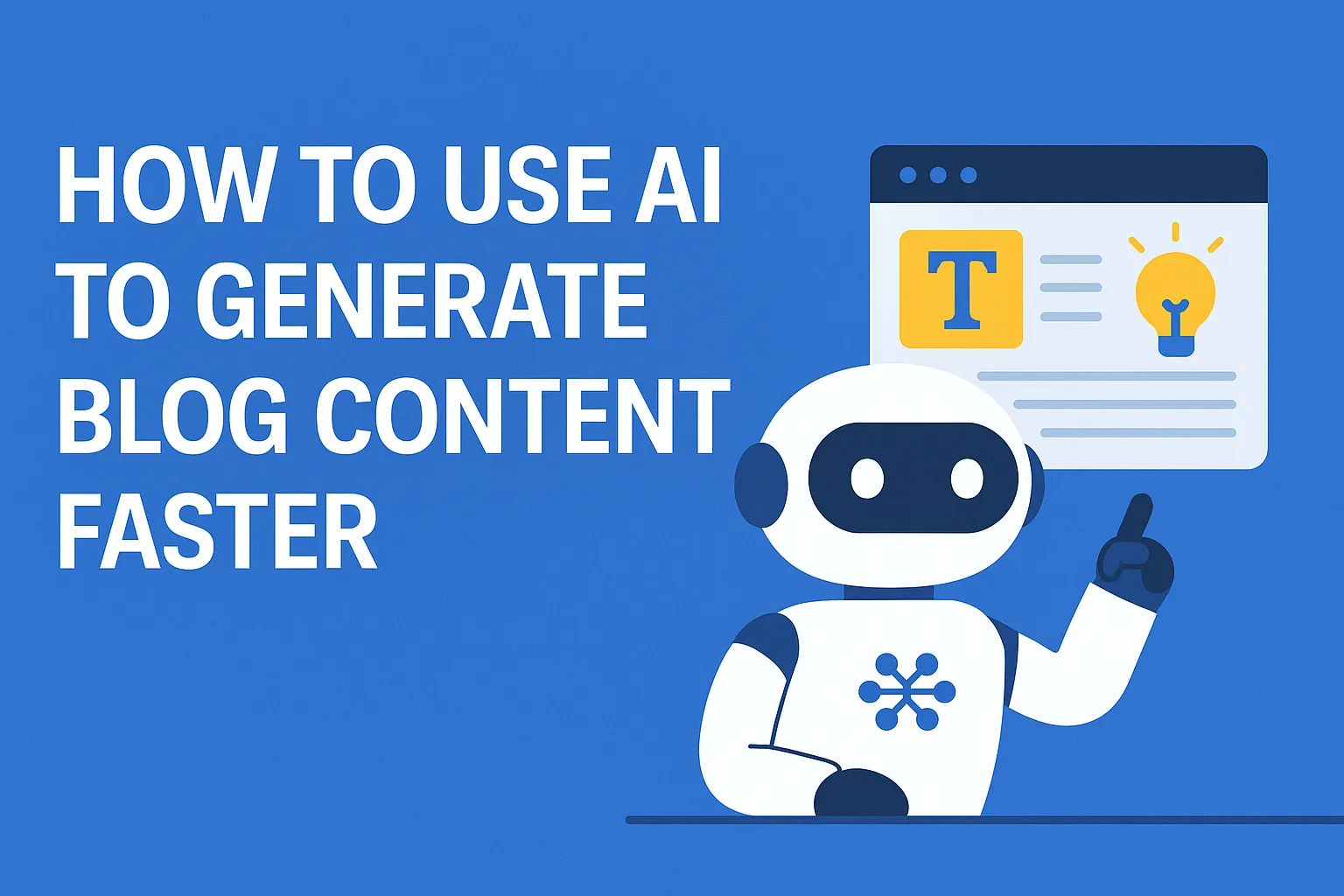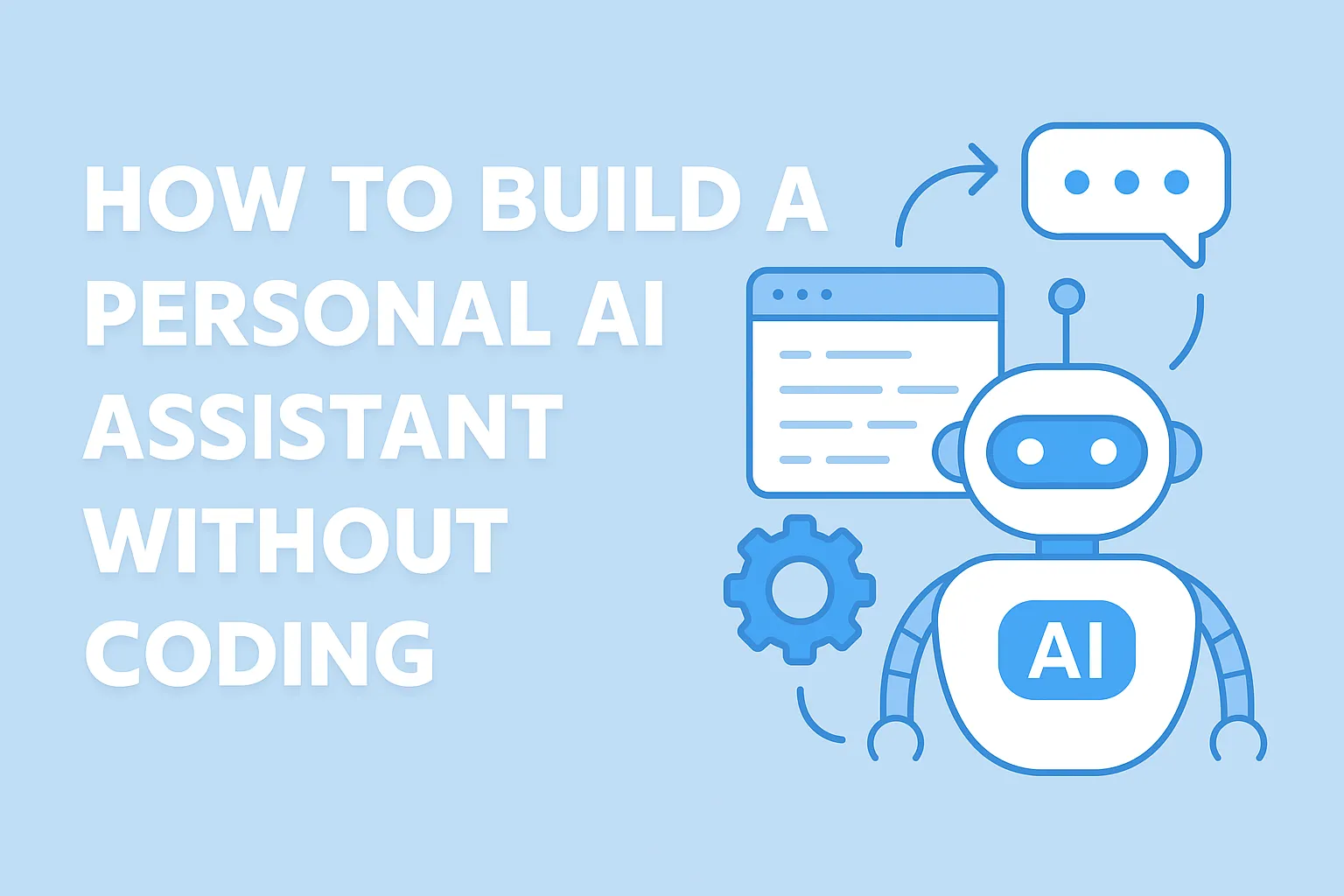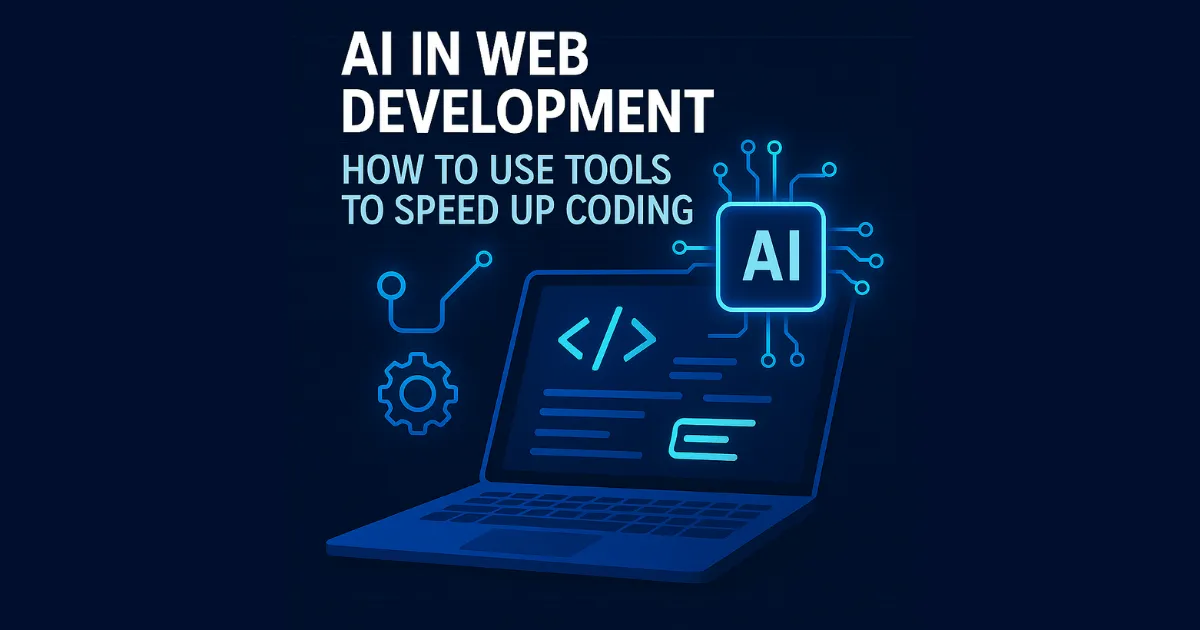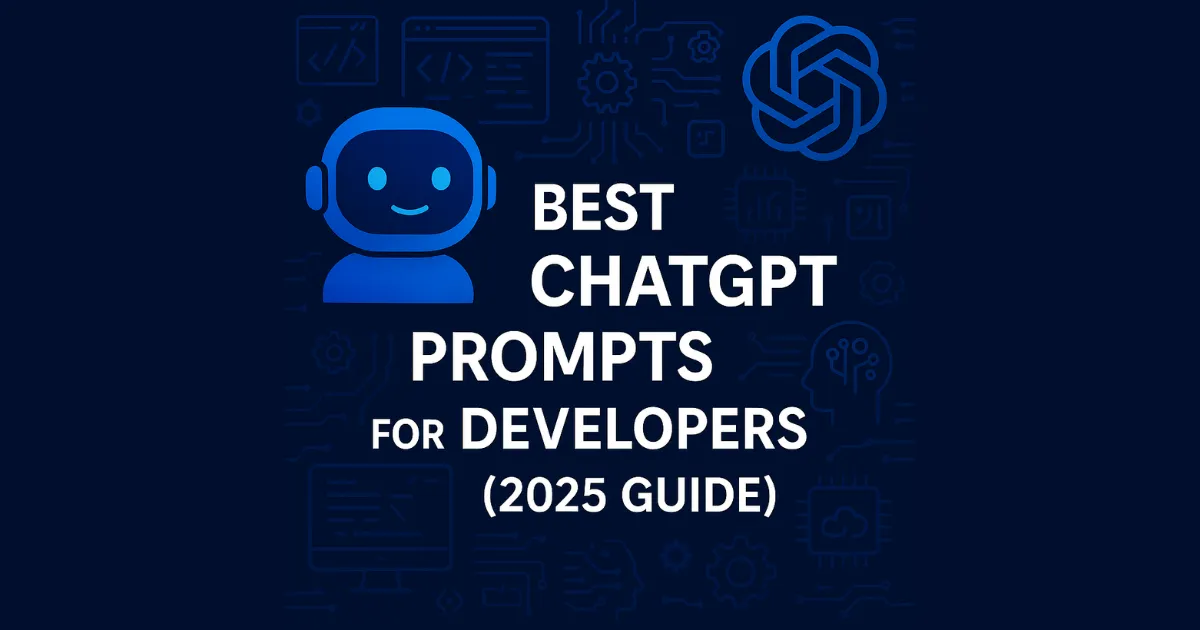How to Automate Social Media Posts with AI
How to Automate Social Media Posts with AI Managing social media can be overwhelming — planning content, writing captions, designing visuals, and scheduling posts. In 2025, AI tools make it possible to automate much of this process, saving time while keeping your content engaging. Here’s how to get started. Why Automate Social Media with AI? … Read more










